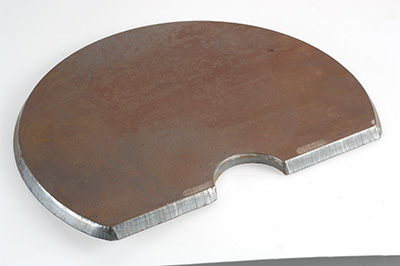The grade and composition of the steel plate components used in building and fabrication have a significant impact on the final product. EHSP abrasion resistant steel plate is a standard steel plate with a harder, tougher quality that lasts around four times as long as an ordinary high-strength structural steel plate.
In either normalised or hot-rolled form, AISI 1045 steel heat treatment delivers exceptional weldability, processability, and strength and impact qualities. Because its chemical makeup lacks adequate alloying components, 1045 does not respond to nitriding.
Advantages of EHSP Super Abrasion Resistant Plates
- Designers and factory operators can purchase Water Quenched AR Plate in big and small quantities. These plates have increased the service life of crucial components while also reducing the weight of each unit placed in service.
- The abrasion-resistant steel plate is extremely sturdy and wear-resistant, and it resists scratches and scuffs well. This grade of steel works well in tough environments and has some impact resistance. Finally, wear-resistant steel plates can assist extend the life of your applications while lowering long-term costs.
- The steel is then quenched, which increases wear resistance; it can also be tempered to boost hardness. Lower HBs, in general, offer good cold bending properties and weldability. Weldability does not necessarily decrease as hardness increases.
- Wear-resistant steels are not suited for use at temperatures exceeding 250 degrees Celsius because the heat can create changes in the material's characteristics.
- These AR plates offer excellent mechanical qualities, including a yield strength of 100MPa and tensile strengths of around 1250MPa.
In Final Conclusion:
You should be aware of the plate's hardness and the role of the liner. The longer the plate is utilised, the longer it will last in service, although there are trade-offs. Certain items may require a softer material that is designed to wear out before your primary surface.

